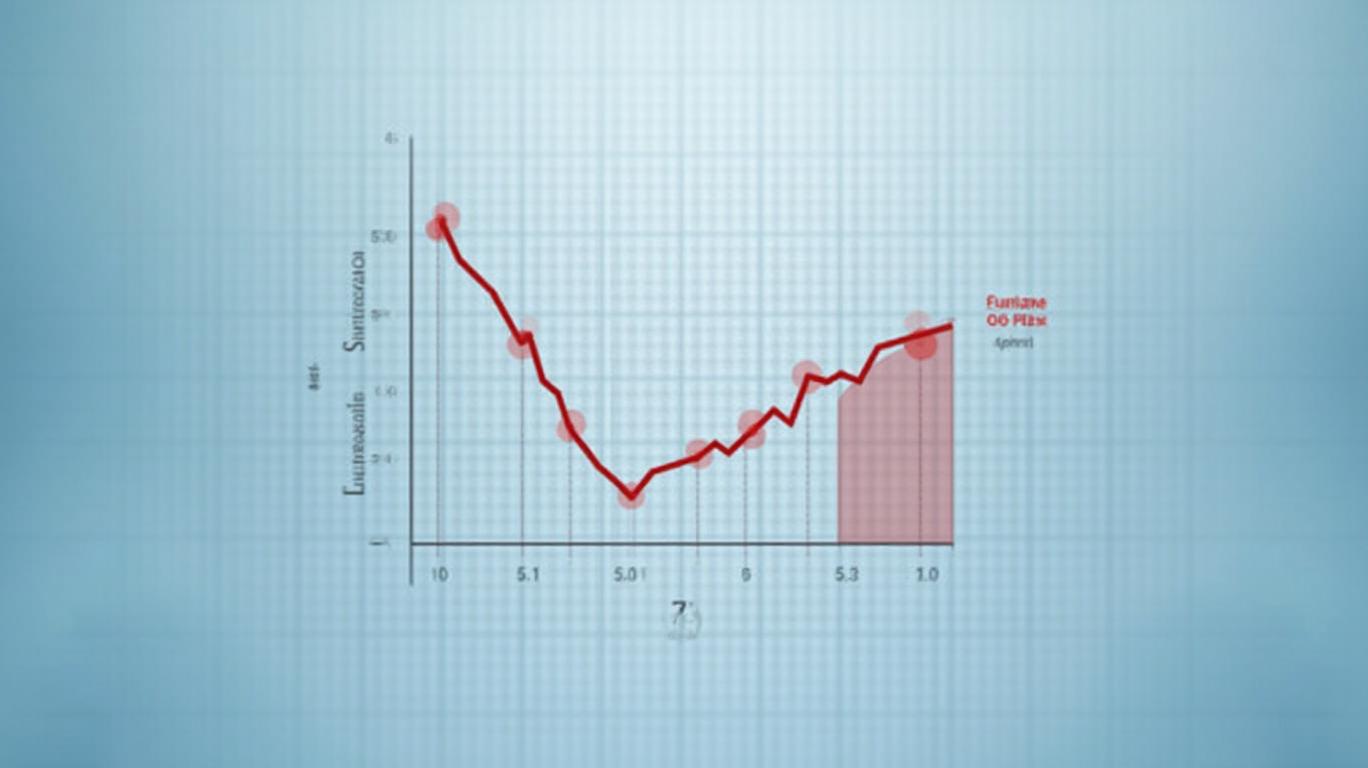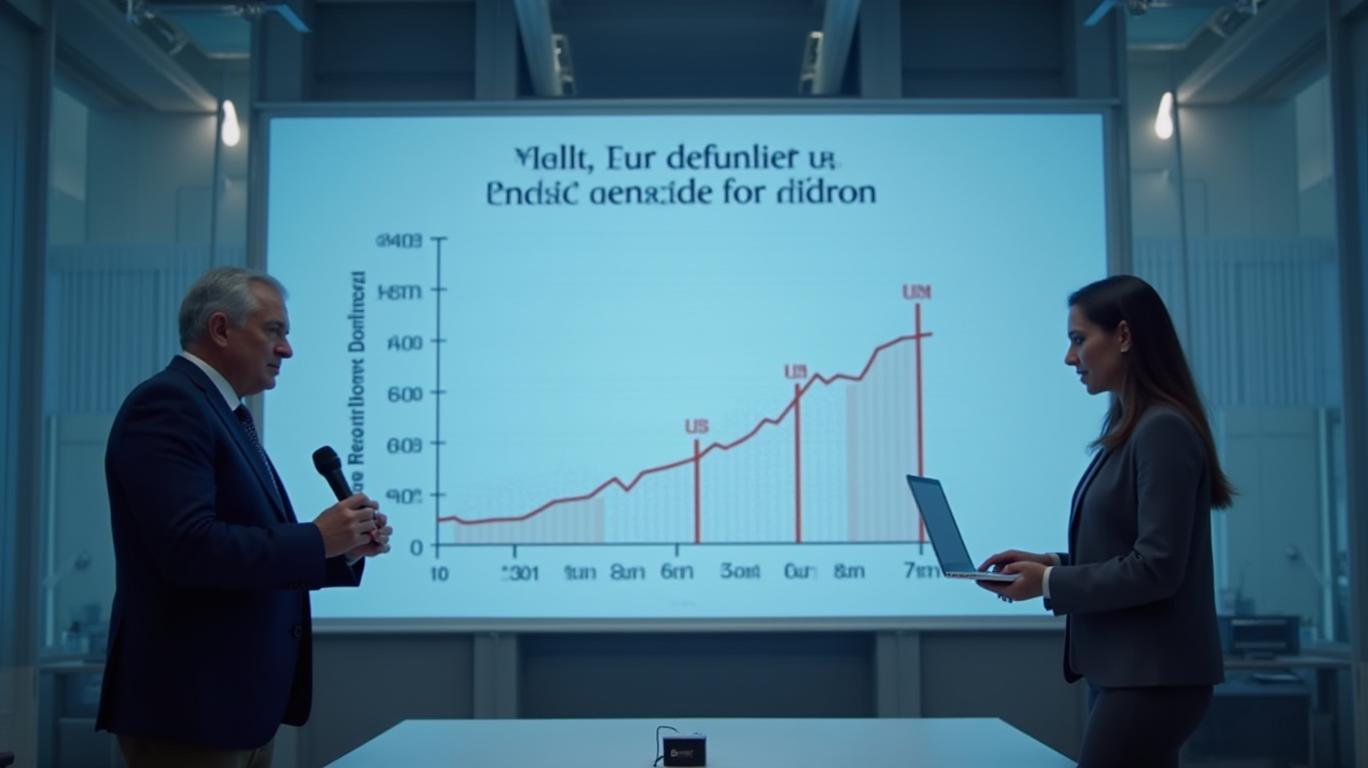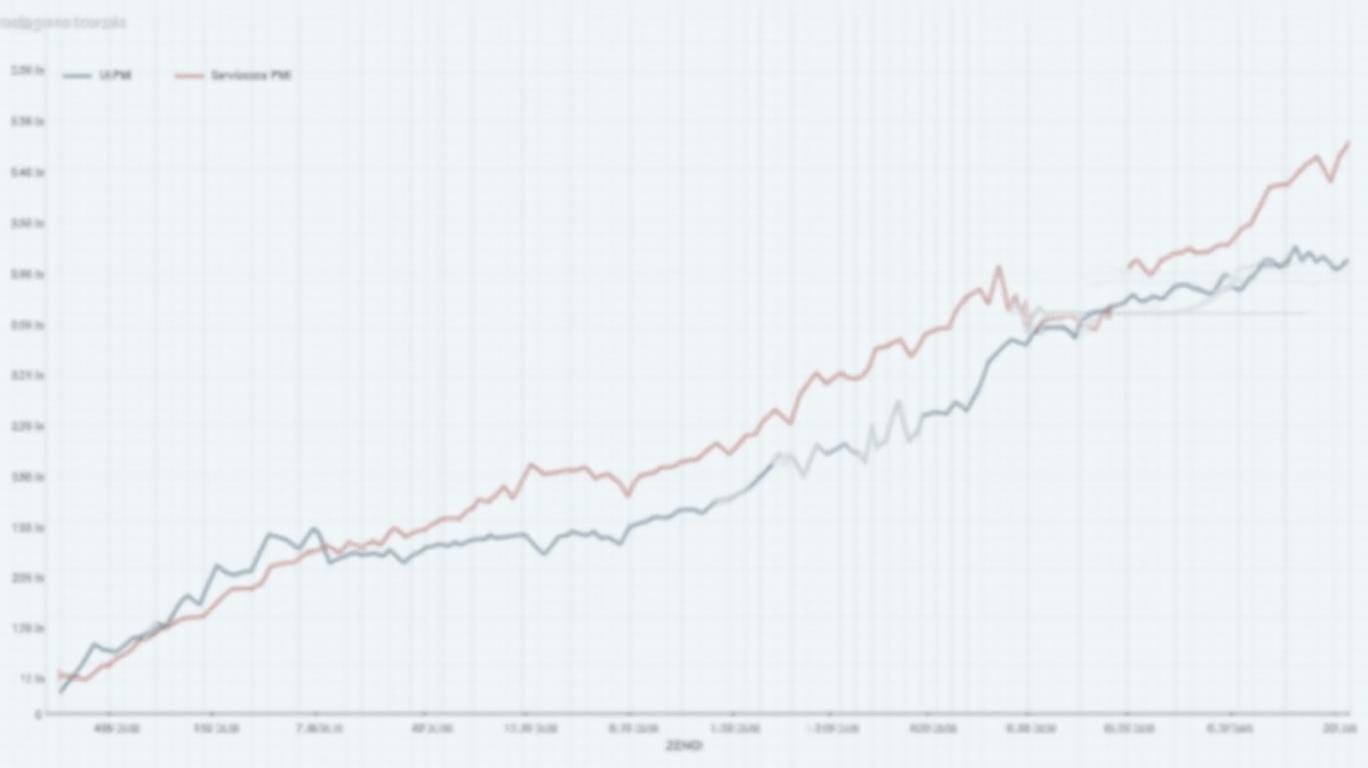Eurozone Growth Falters as PMI Data Reveals Fragile Recovery
The Eurozone’s economic recovery is showing signs of fragility, with the latest Purchasing Managers’ Index (PMI) data revealing a slowdown in private sector activity. The final April 2025 Composite PMI edged up to 50.4, barely above the critical 50 threshold separating growth from contraction. While manufacturing exhibited a glimmer of stabilization, services—the engine of the Eurozone economy—stagnated at 50.1, its weakest pace in five months. This divergence between sectors and uneven regional performance underscores the challenges facing investors navigating this uncertain landscape.
Ask Aime: "Is the Eurozone's economic recovery weakening, and how will this affect my investments?"
A Mixed Bag: Sectoral Contrasts
The manufacturing sector, though still contracting, saw its weakest pace of decline in over two years, with the Manufacturing PMI rising to 49.0 in April. Output expanded at a three-year high, driven by reduced backlogs and tentative domestic demand. However, new orders continued to fall, reflecting persistent weakness in external demand due to a strong euro and U.S.-China trade tensions.
Meanwhile, the services sector—accounting for over two-thirds of Eurozone GDP—barely avoided contraction, with new business declining for the 11th consecutive month.  . This stagnation, exacerbated by political uncertainty in France and weak consumer confidence, is a critical concern. Services firms cited weakening demand as the primary headwind, with export orders contracting at the slowest pace in nearly three years.
. This stagnation, exacerbated by political uncertainty in France and weak consumer confidence, is a critical concern. Services firms cited weakening demand as the primary headwind, with export orders contracting at the slowest pace in nearly three years.
Regional Disparities Highlight Opportunities and Risks
Country performance remains starkly divided:
- Spain and Italy led growth with PMIs of 52.5 and 52.1, respectively, benefiting from resilient tourism and fiscal reforms.
- Germany, the Eurozone’s largest economy, eked out marginal growth at 50.1, relying on fiscal stimulus and manufacturing rebound.
- France languished in contraction at 47.8, hamstrung by political instability and weak domestic demand.
For investors, this divergence suggests selective exposure to markets like Spain and Italy, while remaining cautious on France and Germany.
Inflation Eases, but Policy Uncertainty Lingers
Input cost growth slowed to a five-month low, with manufacturing firms reporting lower raw material prices. This supports the European Central Bank’s (ECB) inclination toward a rate cut in June, as policymakers balance slowing inflation (sales price inflation fell further) against stagnant demand. . A cut could boost equities and corporate bonds, particularly in services-driven economies like Spain and Italy.
Employment Trends Signal Caution
While service-sector employment rose for the second consecutive month, manufacturing firms cut jobs for the 23rd straight month. Overall hiring remained hesitant, reflecting broader macroeconomic uncertainty. Investors should monitor labor market data closely, as sustained job cuts could amplify economic headwinds.
Key Risks on the Horizon
- Trade Tensions: U.S. tariffs on European autos and components continue to weigh on manufacturing, despite pre-shipment activity boosting near-term output.
- Euro Strength: A stronger euro undermines export competitiveness, particularly for Germany’s manufacturing-heavy economy.
- Fiscal Policy Lag: While Germany’s fiscal package supports growth, other countries lack similar measures to offset private sector weakness.
Investment Implications
- Sector Selection:
- Overweight Services: Focus on Spanish and Italian companies in tourism, retail, and financial services, which could benefit from ecb easing and regional growth.
Underweight Manufacturing: Avoid sectors reliant on external demand, such as autos, unless companies demonstrate trade diversification.
Country Allocation:
- Optimism in Spain and Italy: Consider ETFs like EWP (Spain) and EWI (Italy), which have outperformed broader indices like the Euro Stoxx 50 ().
Caution in France and Germany: French stocks (e.g., CAC 40) remain vulnerable to political risks, while German equities (DAX) face a strong euro drag.
Policy Watch:
- Monitor the ECB’s June meeting. A rate cut could lift bond prices and equity valuations, particularly in rate-sensitive sectors like real estate and utilities.
Conclusion
The Eurozone’s April PMI data paints a picture of an economy teetering on stagnation, with uneven sectoral and regional performance. While manufacturing’s stabilization offers a faint silver lining, services’ near-stall and France’s contraction highlight structural weaknesses. Investors should prioritize flexibility, favoring resilient sectors and countries while hedging against external risks like trade wars and currency volatility. The ECB’s potential rate cut in June could provide a near-term boost, but sustained recovery will require stronger demand and policy coordination. As the data underscores, the Eurozone’s path forward remains fragile and divergent—a reality investors must navigate with precision.


_cbf77e8c1748017079428.jpeg)






